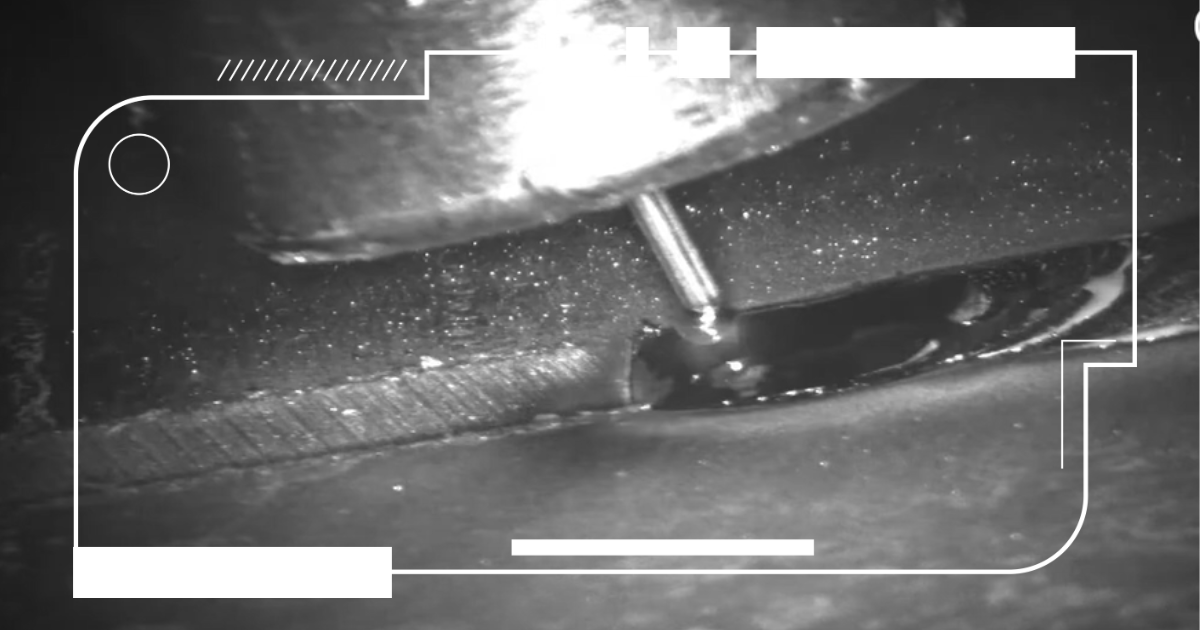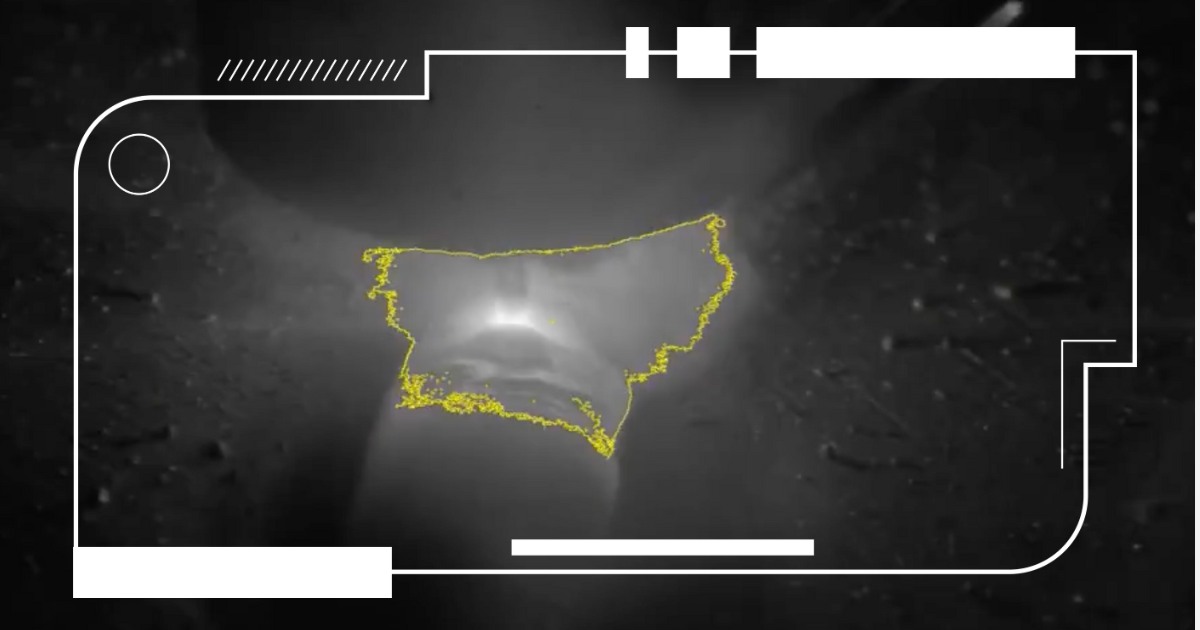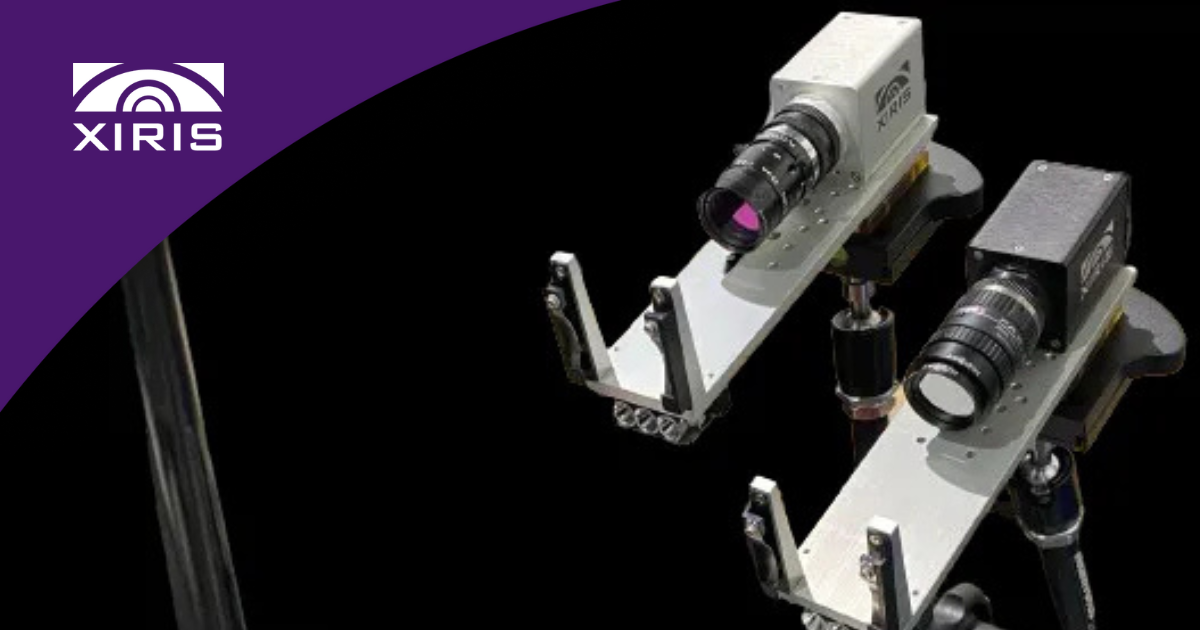Compared to having operators close enough to actually see a weld in automatic weld operations, using a Weld Camera to enable remote monitoring can provide better visibility and is far safer.
But not all cameras are the same. Standard, “off the shelf” cameras—even those retrofitted with filters and/or digitization technology—simply don’t have the image-range capabilities necessary to achieve the detail needed for efficient weld monitoring.
A standard camera has a dynamic range of 50-60 decibels (dB), but more than 140 dB is usually required for effective imaging of the weld arc and its background.
The Solution: High Dynamic Range Imaging
Weld Cameras equipped with High Dynamic Range imaging technology overcome the image quality shortcomings of standard cameras. High Dynamic Range imaging provides the range of imaging brightness necessary to see key features of the weld, verify setup, and ensure quality and productivity in the weld process.
High Dynamic Range imaging uses a special logarithmic sensor and advanced electronics to provide extraordinarily clear, high-quality images of the weld arc and its surrounding area. Connected to a computer, a Weld Camera with High Dynamic Range imaging provides clear images of the weld arc and its background, so that operators can see any problems that could result in defective manufactured goods.
High Dynamic Range imaging technology meets the visual monitoring challenge that’s presented by open arc welding’s extremely large range of brightness, which is a result of the very bright light of the weld arc next to the dark area of its immediate environment.
By being able to image both the extreme brightness of the open arc and its dark surrounding background, High Dynamic Range imaging allows operators to see the complete picture of what’s going on with the weld. Details are presented in high-quality, high-contrast images that don’t have the limited range of brightness, saturation, and masked details of standard-camera images.
Benefits of a Weld Camera Equipped with High Dynamic Range
High Dynamic Range imaging makes cameras the obvious solution for automatic weld monitoring. With this technology, a welding operation can fully realize all of all the potential benefits of a Weld Camera for remote weld monitoring:
- Increased image detail to improve quality and productivity.
- Operators removed from unsafe environments.
- Reduced setup time because of better visibility.
- Multiple-machine monitoring by one operator.
- More “arc on time” with less stopping of the process to make adjustments such as setting wire length and torch position.
- Real-time verification of processes in order to make immediate adjustments.
- Advanced troubleshooting.
- Reduction of scrap and minimization of profit loss from weld failures in the field.
- Recording of weld processes for offline quality assurance review, operator training, and process verification and improvement.
- Attraction and retention of employees who want to work in a high-tech, safe environment.
Conclusion
It’s long been clear that Weld Cameras are key to the future of weld automation processes. But use of cameras has been limited by the technology used and the resulting image quality due to the range of brightness produced by open arc welding.
Weld Cameras that feature High Dynamic Range imaging technology resolve this problem, allowing weld manufacturing to fully embrace remote monitoring of automated welding and benefit from its many advantages.






